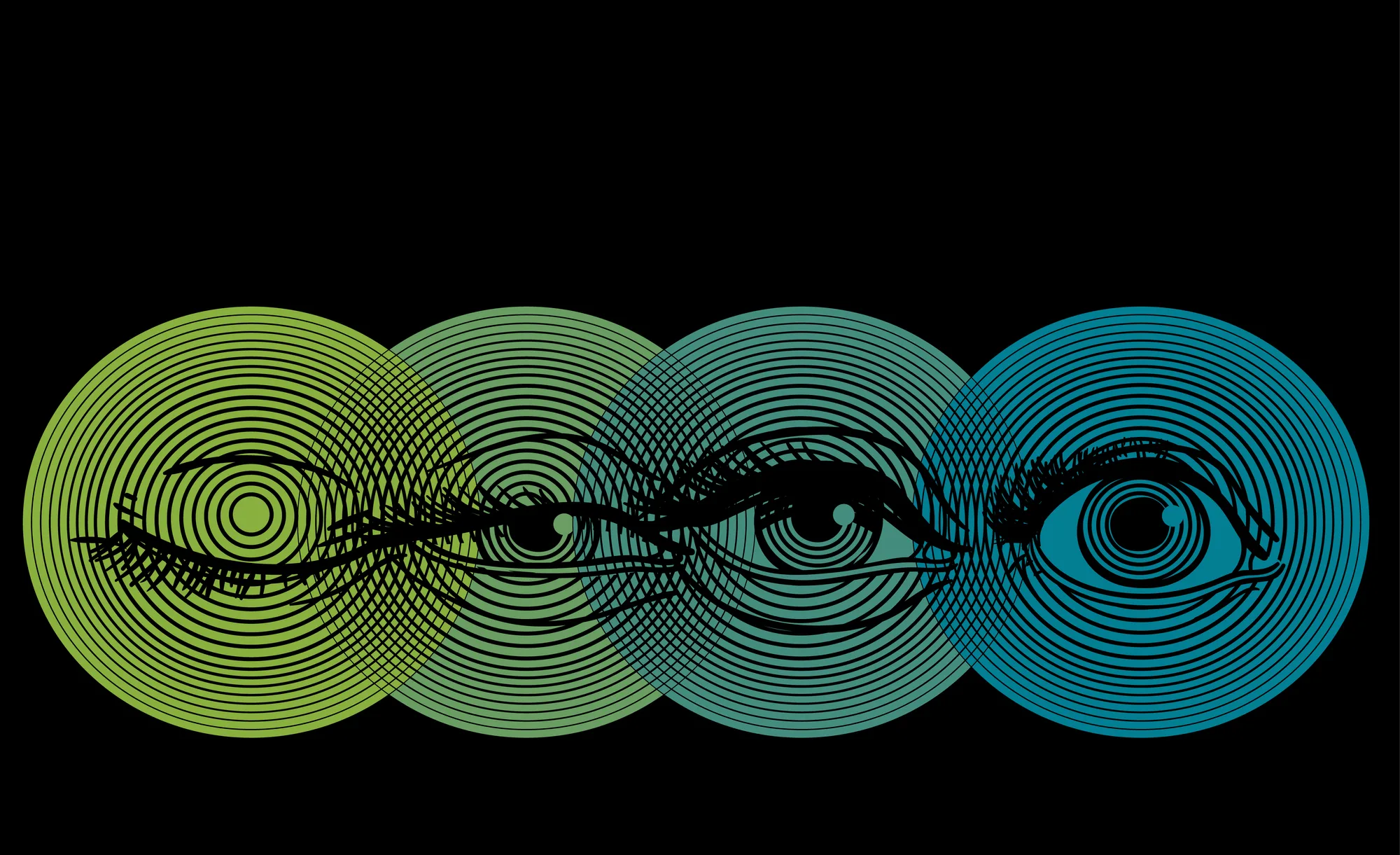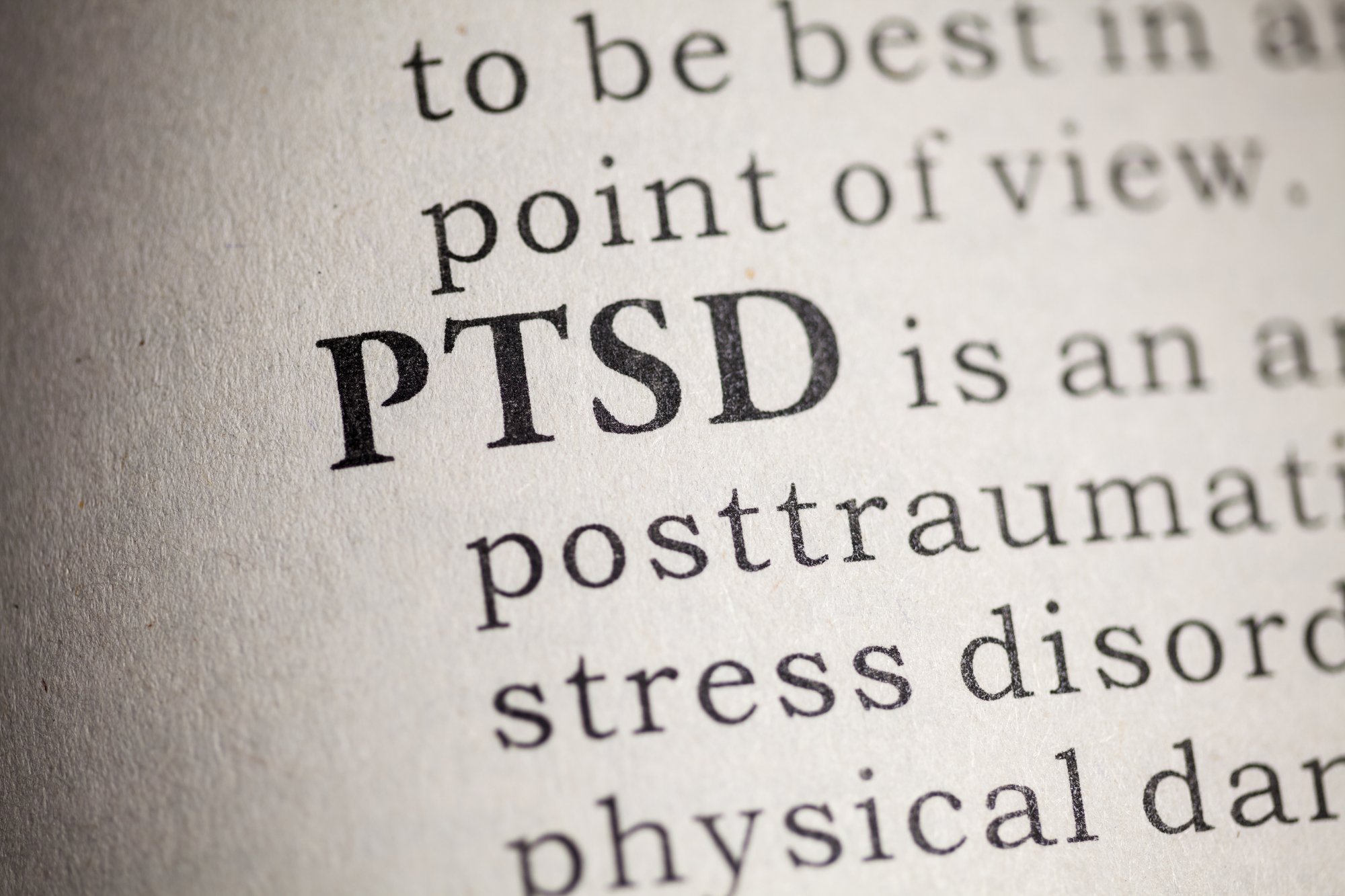Personality disorders are characterized by long-term patterns of feeling, thinking, and behaving that are different from typical cultural expectations and cause problems or distress in functioning and personal relationships. They usually begin by early adulthood or late adolescence and are long-lasting. A personality disorder can affect an individual’s way of relating to other people, way of responding emotionally, way of thinking about others and oneself, and way of controlling behavior. As defined by the DSM-V, the disorder must affect at least two of those areas.
There are ten personality disorders organized into clusters in the DSM-V. The clusters group similar disorders together based on common characteristics and patterns. There are three clusters: A, B, and C.
Cluster A Personality Disorders
Cluster A disorders are characterized by eccentric or odd thinking and behavior, and are often associated with schizophrenia. Individuals with these personality disorders can have difficulty being understood by others, experience paranoia, or have an inability or unwillingness to maintain close relationships. Cluster A personality disorders are more likely to occur among individuals who have occurrences of schizophrenia or Cluster A disorders among first-degree relatives.
Paranoid personality disorder
This disorder is characterized by long-term patterns of irrational mistrust and suspicion of others. Individuals with paranoid personality disorder often see the motives of others as malicious or spiteful. They often assume people will deceive or harm them and may be hesitant to confide in others or allow close relationships to develop. The disorder can also include:
- Perceiving nonthreatening situations or innocent remarks as personal attacks or insults
- Hostile reaction to perceived insults or slights
- Recurrent, unjustified suspicion that partner or spouse is unfaithful
- Tendency to hold grudges
Schizoid personality disorder
This is characterized by an extreme detachment and lack of interest in social relationships. It also usually consists of apathy and minimal emotional expression. An individual with schizoid personality disorder will often not seek out close relationships and instead chooses to be solitary the majority of the time. They also may seem to be indifferent to praise or criticism from others.
Schizotypal personality disorder
This disorder shares a few hallmark symptoms with schizophrenia, and the two are often confused. Individuals with schizotypal usually have a greater grasp on reality than those with schizophrenia. Schizotypal personality disorder involves a pattern of acute discomfort in close relationships as well as distorted perceptions and cognitions. Common patterns include:
- Peculiar ways of thinking, speech, beliefs, and behavior
- Unusual perceptual experiences or hallucinations
- Inappropriate or flat emotional responses
- Anxiety around social interactions
- Belief that casual incidents have hidden messages meant only for them
Cluster B personality disorders
Cluster B is characterized by overly emotional, dramatic, impulsive, self-destructive, or unpredictable thinking and behavior.
Antisocial personality disorder
This disorder features a pattern of disregarding or violating the rights of others. It also includes:
- Lack of empathy
- Impulsive and manipulative behavior
- Bloated self-image
- Disregard for the safety of others
Borderline personality disorder
Borderline personality disorder involves a consistent pattern of instability in relationships and identity, abrupt emotional outbursts, altered empathy, and impulsive behaviors. An individual with borderline personality disorder may go to great lengths to avoid being abandoned. Other patterns include:
- Mood swings, usually as a reaction to interpersonal stress
- Consistent feelings of emptiness
- Intense or frequent displays of anger
- Self-harm or suicidal behavior
Histrionic personality disorder
Characterized by patterns of attention-seeking behavior, histrionic personality disorder usually involves an excessive concern with physical appearance and rapidly changing or shallow emotions. It also often includes:
- Speaking dramatically with strong opinions and few details or facts to back them up
- Strong desire to be the center of attention
- Being easily influenced by others
- Belief that relationships with others are closer than they really are
Narcissistic personality disorder
Narcissistic personality disorder consists of feelings of superior grandiosity and a need for admiration. This typically includes exaggeration of achievements or talents, fantasies about success, power, and attractiveness, a belief that the individual is more important than others, and arrogance. It can also include:
- Envy of others of a belief that others envy them
- Taking advantage of others or unreasonable expectations of favors
- Failure to recognize the needs and feelings of others
Cluster C personality disorders
The last cluster is characterized by fearful or anxious patterns of thinking and behavior.
Avoidant personality disorder
Avoidant personality disorder involves pervasive feelings of inadequacy or social inhibition and an intense sensitivity to criticism or negative evaluation. It can involve:
- Extreme shyness in personal relationships and social situations
- Fear of embarrassment, ridicule, or disapproval
- Feeling inferior, unattractive, or inadequate
- Avoiding meeting strangers or new activities
Dependent personality disorder
This is categorized by a pattern of needing to be taken care of, or extremely submissive and clingy behavior. Individuals with dependent personality disorder can often show a tolerance to abusive or poor treatment even when other options are available. It also often consists of:
- Fear of having to provide self-care
- Lack of self confidence or requiring excessive reassurance from others
- Difficulty making decisions without advice from others
- Urgent need to begin a new relationship when one has ended
Obsessive-compulsive personality disorder
This disorder is often confused with obsessive-compulsive disorder, but is different in a few key ways. Whereas OCD is characterized by delusions or specific beliefs that urge an individual to complete repetitive or specific behaviors, obsessive-compulsive personality disorder is characterized by rigid patterns of behavior that aren’t necessarily tied to intense fears or worries. The disorder can include:
- Preoccupation with rules, orderliness, and details
- A desire to be in control of situations, tasks, and people or an inability to delegate tasks
- Inability to discard worthless or broken objects
- Excessive commitment to a project or work
- Extreme perfectionism resulting in dysfunction or stress
- Excessive control over budgeting and spending money



















